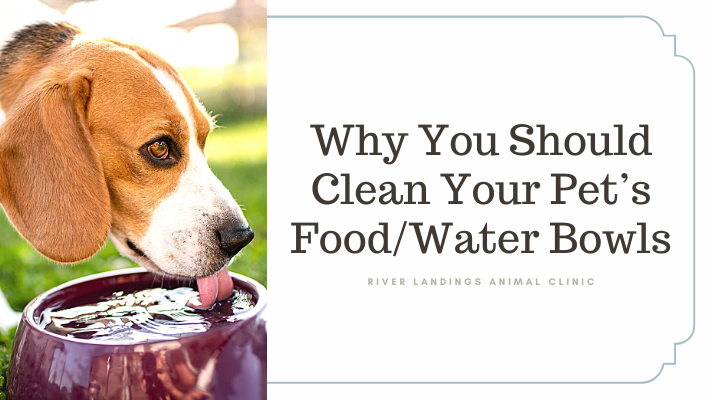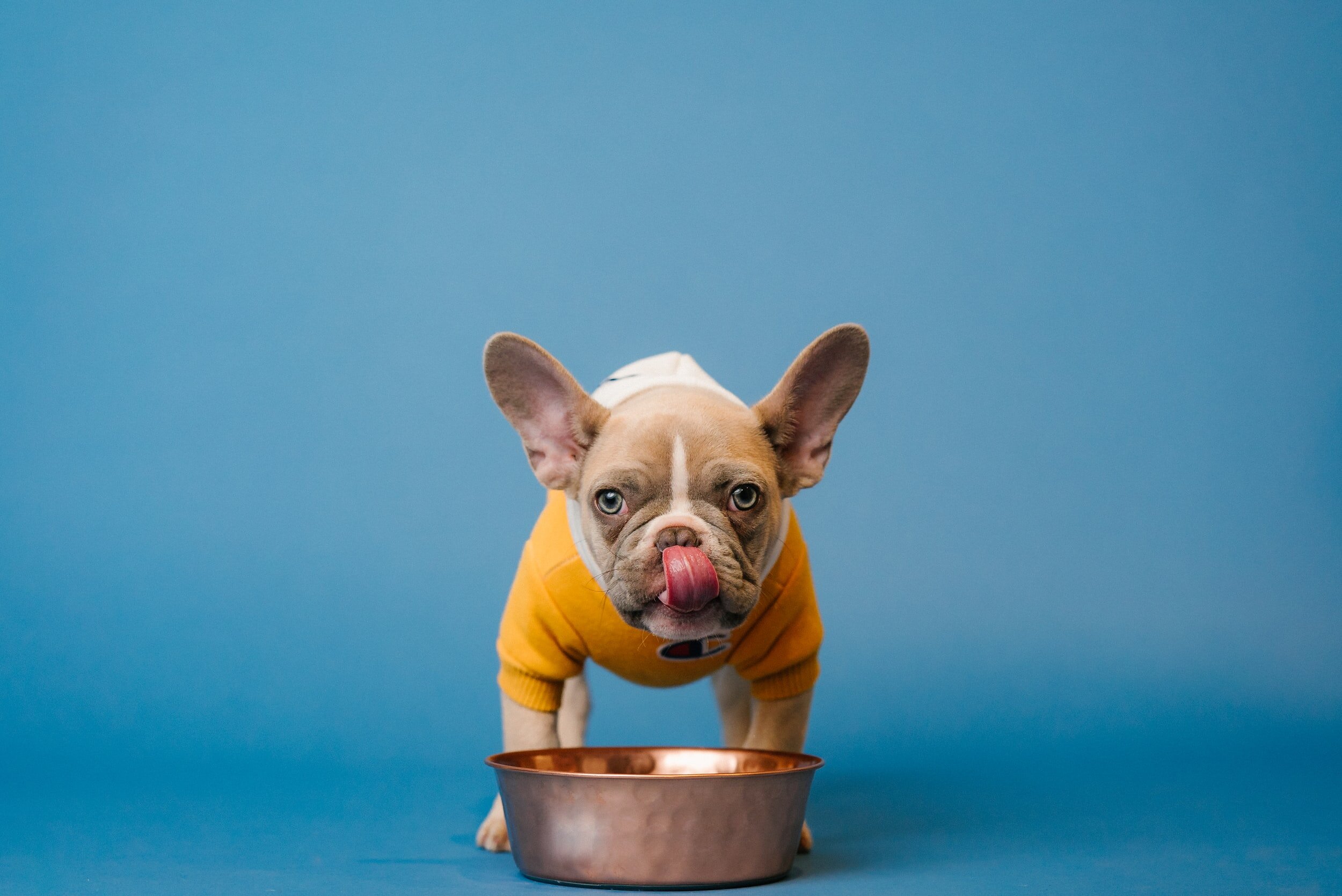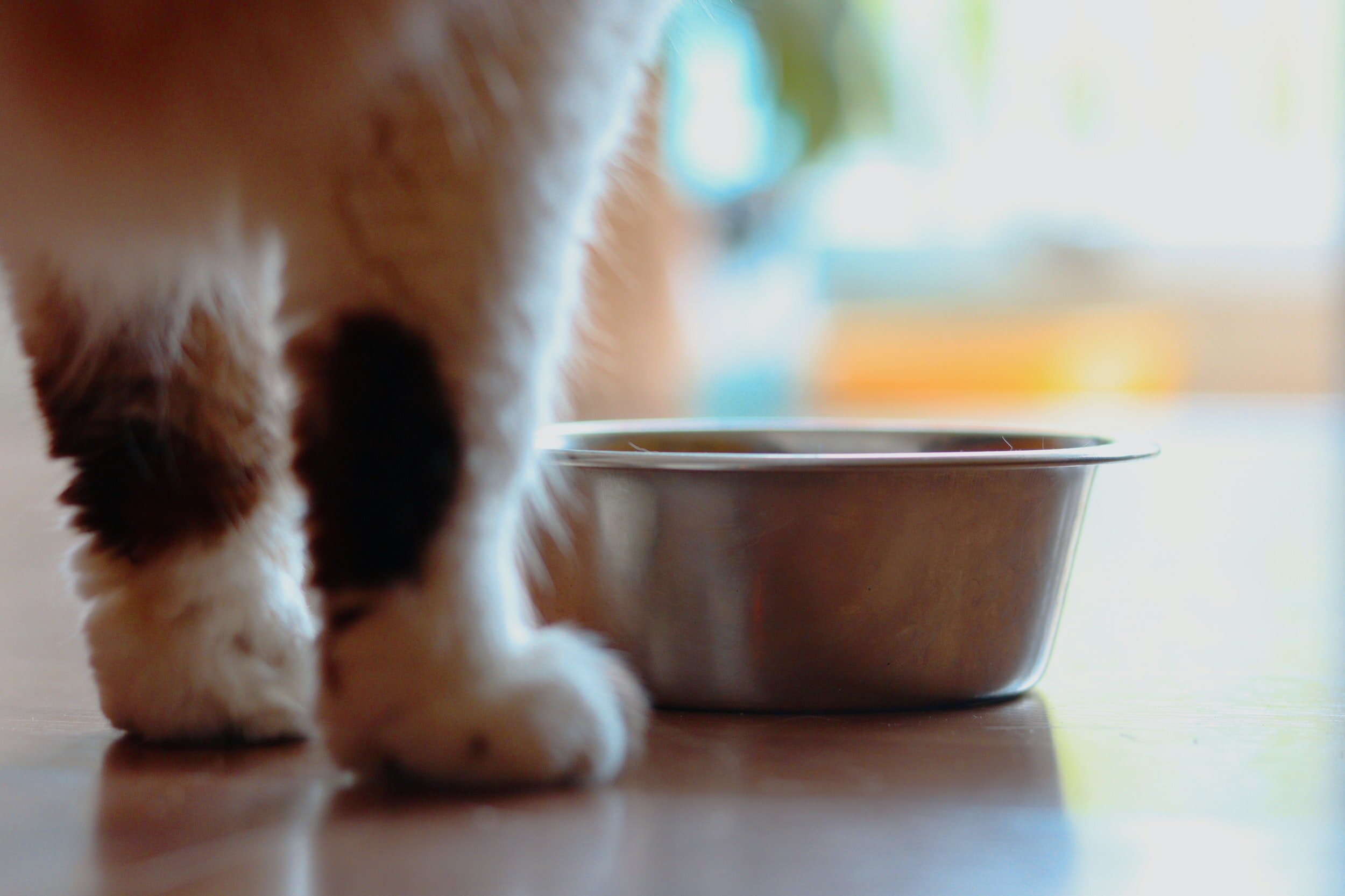Unfortunately, as veterinarians, we are seeing an increased prevalence of diabetes mellitus in dogs and cats. This is likely due to the growing prevalence of obesity (secondary to inactive lifestyle, a high carbohydrate diet, lack of exercise, etc.). You're probably wondering if you just had a dog or cat diagnosed with diabetes mellitus—what do you do? First, we encourage you to take a look at these articles for an explanation of the disease:
This article will teach you about life-threatening complications that can occur as a result of the disease; specifically, a life-threatening condition called diabetes ketoacidosis (DKA) so that you know how to help prevent it.
What is DKA?
When diabetes goes undiagnosed or difficult to control or regulate, the complication of DKA can occur. DKA develops because the body is so lacking in insulin that the sugar can’t get into the cells — resulting in cell starvation. Cell starvation causes the body to start breaking down fat in an attempt to provide energy (or a fuel source) to the body. Unfortunately, these fat breakdown products, called “ketones,” are also poisonous to the body.
Symptoms of DKA
Clinical signs of DKA include the following:
Weakness
Not moving (in cats, hanging out by the water bowl)
Not eating or complete anorexia
Vomiting
Excessive thirst and urination (clear, dilute urine)
Large urinary clumps in the litter box (anything bigger than a tennis ball is abnormal)
Weight loss (most commonly over the back), despite an overweight body condition
Obesity
Flaky skin coat
Excessively dry or oily skin coat
Abnormal breath (typically a sweet “ketotic” odor)
Diarrhea
In severe cases DKA can also result in more significant signs:
Abnormal breathing pattern
Jaundice
Abdominal pain (sometimes due to the secondary problem of pancreatitis)
Tremors or seizures
Coma
Death
What can cause DKA?
When DKA occurs, it’s often triggered by an underlying medical problem such as an infection or metabolic (organ) problem. Some common problems that we see with DKA include the following:
Pancreatitis
Urinary tract infection
Chronic kidney failure
Endocrine diseases (e.g., hyperadrenocorticism [when the body makes too much steroid], or hyperthyroidism [an overactive thyroid gland])
Lung disease (such as pneumonia)
Heart disease (such as congestive heart failure)
Liver disease (such as fatty changes to the liver)
Cancer
Diagnosing DKA
While diagnosing DKA is simple, by looking at the blood sugar levels of dogs and cats and by measuring the presence of these fat breakdown products in the urine or blood, treatment can be costly (running between $3-5000). A battery of tests and diagnostics need to be performed, to look for underlying problems listed above, and treatment typically requires aggressive therapy and 24/7 hospitalization.
Treatment of DKA
Treatment, typically, is required for 3-7 days, and includes the following:
A special intravenous catheter called a “central line” (placed to aid in frequent blood draws)
Aggressive intravenous fluids
Electrolyte supplementation and monitoring
Blood sugar monitoring
A fast acting or ultra fast acting insulin, regular or Lispro, typically given intravenously or in the muscle
Blood pressure monitoring
Nutritional support (often in the form of a temporary feeding tube)
Anti-vomiting or anti-nausea medication
Antibiotics
Long-term blood sugar monitoring and a transition to a longer-acting insulin
Thankfully, with aggressive supportive care, many patients with DKA do well as long as pet parents are prepared for the long-term commitment (including twice-a-day insulin, frequent veterinary visits to monitor the blood sugar, and the ongoing costs of insulin, syringes, etc.).
Preventing DKA
By following your veterinarian’s guidelines and recommendations you can help regulate and control your pet’s diabetic state better and monitor your pet carefully for clinical signs. For example, if your pet is still excessively thirsty or urinating frequently despite insulin therapy, they are likely poorly controlled and need an adjustment of their insulin dose (of course, never adjust your pet’s insulin or medications without consulting your veterinarian).
When in doubt remember that the sooner you detect a problem in your dog or cat, the less expensive that problem is to treat. If you notice any clinical signs of diabetes mellitus or DKA, seek immediate veterinary attention. Most importantly, blood glucose curves (when a veterinarian measures your pet’s response to their insulin level) often need to be done multiple times per year (especially in the beginning stages of diabetes mellitus).
If you have any questions or concerns, you should always visit or call your veterinarian.
Related reading:
Hear From Us Again
Don't forget to subscribe to our email newsletter for more recipes, articles, and clinic updates delivered straight to your e-mail inbox.
Related Categories:






